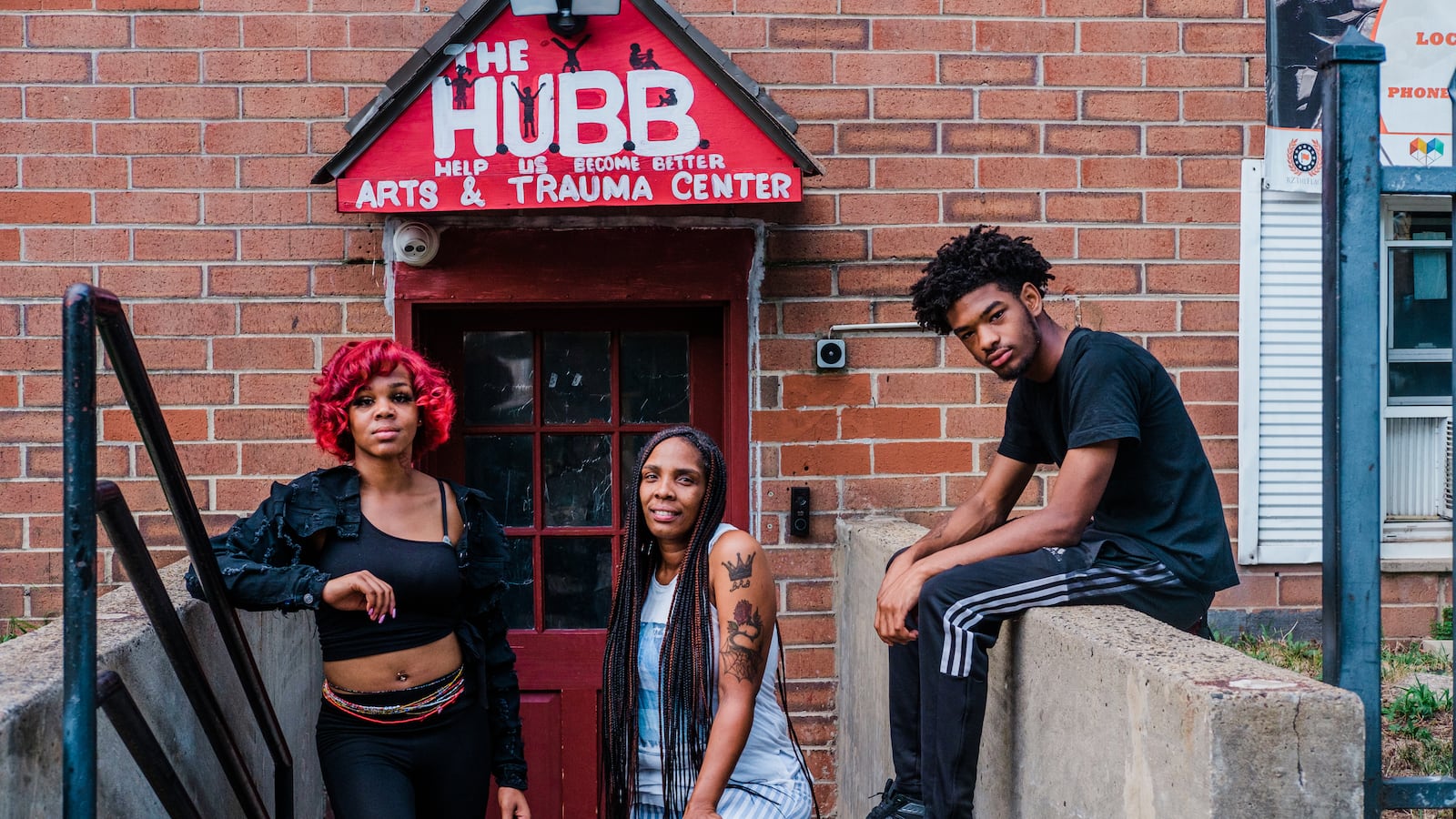Cars streaked past Bashir Muhammad Ptah Akinyele last month as he stood at the corner of a busy intersection across from a high school, baking under the midday sun.
Then he stepped off the curb and faced the oncoming traffic.
Desperation drove Akinyele to join the street protest, as it had many times before. A veteran teacher in Newark, New Jersey, Akinyele can name well over 40 former students who have been killed by guns. “One day you have a kid in your class,” he said, “and the next day he’s gone.”
Akinyele realized long ago that the only way to protect his students is to stop the shootings where they occur — not in his school, but in the neighborhoods around it. So he started attending rallies like the one in August, calling for an end to the shootings and the conditions that cause them.
“I have to do something outside of the classroom,” Akinyele recalled thinking. “I was losing too many students to the violence in the city.”
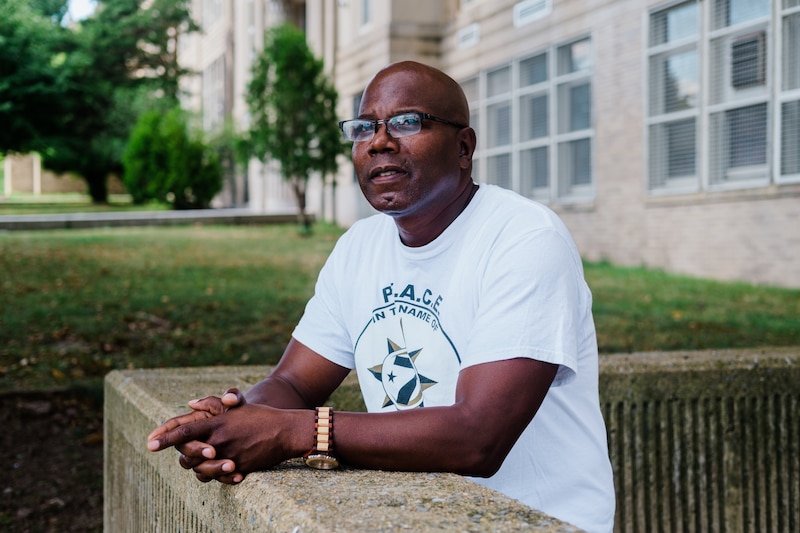
At the start of this new school year, classrooms across the country were dotted with empty desks, a silent testament to summer gun violence. From June through the end of August, more than 600 fatal shootings were reported nationwide involving children under age 18 as either victims or suspects, according to the Gun Violence Archive, which relies on public records and news reports.
Almost all the shootings occurred away from schools, in homes and neighborhoods. And yet community violence is rarely seen as an education issue. Instead, voters and policymakers tend to focus disproportionately on school shootings, endorsing measures to “harden” schools with armed guards and metal detectors and turning school security into a $3 billion industry.
But out of the spotlight and with far less money, communities across the country are finding innovative ways to combat neighborhood violence.
From Oakland to Chicago and Philadelphia, city agencies and local nonprofits are partnering with the police to both prevent and respond to shootings. Often called community violence intervention, much of this work centers around young people, helping them process trauma and settle conflicts peacefully. Congress and the Biden administration recently expanded funding for such efforts, which are backed by a growing body of evidence.
With the new school year underway, this violence reduction work in communities — where shootings are far more common than in schools — will arguably do as much to protect students as ramped up school security, according to advocates and experts.
Akinyele understood this when he stood in the intersection last month disrupting traffic. He was joined by a crew of community members — parents, recent high school graduates, former gang members — who are paid to prevent violence in the neighborhoods where Akinyele’s students live, play, and go to school.
“Stop the shooting,” Akinyele said over a loudspeaker, the non-violence workers echoing his words. “Stop the killing.”
Most shootings happen outside schools, but learning still suffers
The nation’s epidemic of gun violence is especially lethal for young people.
After shootings surged at the start of the pandemic, 2020 became the first year in which gun violence was the leading cause of death for children and teens. Young Black men run the greatest risk of being fatally shot.
Even with the sharp rise in school shootings, the vast majority of gunfire erupts off campus. According to federal data from 1992 to 2019, less than 3% of youth homicides occurred on school grounds.
But while most shootings happen in communities, they reverberate inside schools. Exposure to violence is closely associated with trauma symptoms, including anxiety, disrupted sleep, and difficulty concentrating, and it can lead to lower grades and more absences.
“It literally gets under their skin and makes children more biologically stressed,” said Daniel Semenza, who directs research on interpersonal violence at Rutgers University’s New Jersey Gun Violence Research Center.
One study found that students performed worse on reading tests after a murder occurred in their neighborhood, even if they didn’t witness it.
“No way somebody is going to be able to pull off the same level of cognitive performance,” Semenza added, “if they have that running through their minds.”
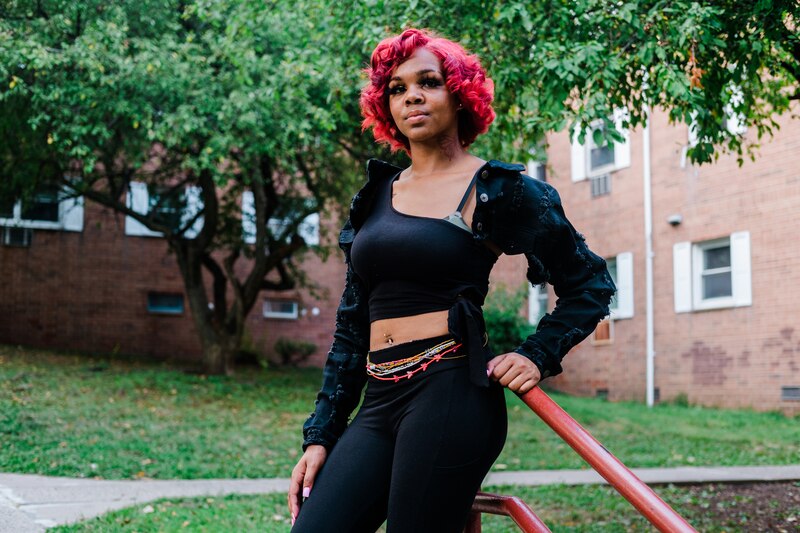
Starr Whiteside has seen how the constant threat of gunfire can warp your world, shaping where you go, what you feel, and how you act.
“Young people my age, it makes us feel like we always got to be on guard,” said Whiteside, a 12th grader in Newark. “Even going to the corner store, we have to watch our back.”
She’s also watched violence in the community seep into schools. Last year, her school went into lockdown after a student brought a loaded gun into the building, apparently because he had been jumped outside of school.
“It’s like there’s no escape,” she said.
How Newark’s grassroots groups keep students safe
Newark has emerged as a national model of community violence intervention, thanks partly to pressure by advocates like Akinyele and the support of the city’s mayor, Ras Baraka.
A tight-knit network of local groups leads the anti-violence work, in partnership with the city. They help protect young people in two main ways: by addressing the underlying causes of violent behavior, and shielding students from violent acts.
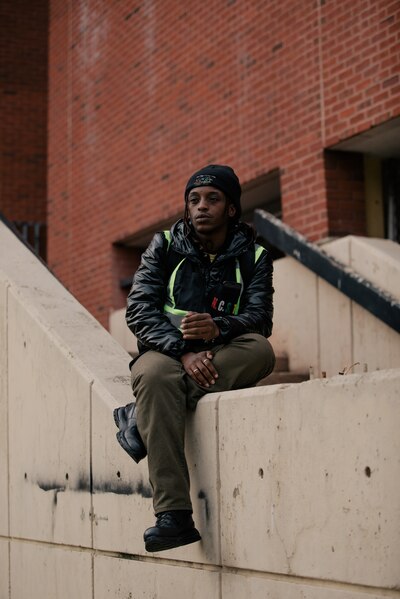
The Newark Community Street Team does the latter through its Safe Passage program, which hires community members to patrol the routes students take to and from school. Trained in de-escalation, the staffers help defuse tensions between students while watching for external threats.
Last November, a Safe Passage worker was speaking with two students outside a Newark high school when a gunman exited a car and fired nearly a dozen rounds their way. The worker, Malachi Muhammad, a graduate of the high school, rushed the students to safety.
“I’m responsible for them,” he said last year.
The incident illustrates why such groups are essential to student safety: Violence in the community often follows students to school, and school conflicts often spill out into the community. In fact, the impetus for the Safe Passage program came partly from a Newark health department analysis that found neighborhood conflicts frequently originate in schools, said Aqeela Sherrills, who co-founded the Street Team.
“Schools are an extension of the community,” he said. “They’re not these siloed institutions.”
The small number of young people who commit violence usually have been victims themselves, so healing their wounds can help stop the cycle of harm.
To that end, the Street Team offers counseling and life-skills training to young people at risk of violence, while The HUBB Arts & Trauma Center, another Newark nonprofit, provides art therapy and mentoring. Newark’s Office of Violence Prevention and Trauma Recovery sends social workers into some high schools, and the city is paying for 40 students who have been affected by violence to attend college.
The efforts reflect the public health approach that is central to community violence intervention, with education, counseling, and support services used to treat rather than punish perpetrators.
“If you look at it as a sickness,” Baraka said, “then these people are obviously infected and we have to give them treatment.”
The HUBB specializes in such treatment, helping young people address the trauma that is both a symptom and source of violence. One of those young people is Tah’gee.
This spring, the 16-year-old left his Newark charter school after a disciplinary issue, was arrested, and spent a brief time in jail. Not long after, his cousin was gunned down.
The police referred Tah’gee to the HUBB, where Denisah Williamson took up his case. Williamson is what experts call a “credible messenger,” a mentor to troubled youth who has experienced many of the same challenges they have.
As a teenager growing up in Newark, she was sexually assaulted and expelled from school. Later she was arrested and stabbed.
Despite the violence she endured and the discrimination she faced as a Black woman growing up in a low-income community, she pressed on, eventually earning a master’s degree in social work.
“I had a bad childhood, but it didn’t define me,” said Williamson, who directs programs, data, and community relations at the HUBB and mentors students. “There’s no judgment here.”
Williamson convinced Tah’gee to start showing up at the HUBB’s community center, where young people study photography and video production, create podcasts, and record songs in a state-of-the-art studio. They also participate in a youth-led forum called My Thoughts Out Loud, freely discussing relationships, drugs, and whatever else is on their minds.
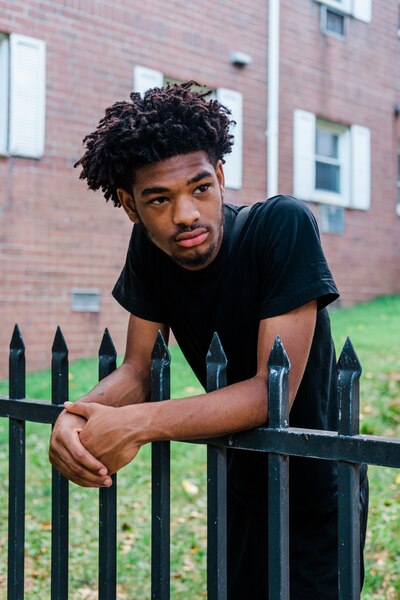
During a workshop this summer meant to build trust between Newark residents and police and address collective trauma, Tah’gee shared a harrowing story. He said that he was walking with a friend when a crew of 10 or so young men approached and put a gun to his head, then attacked him after he fled.
“Yes, it should never have happened and it’s not normal,” he said, talking about the “crazy stuff” he’s experienced. “But to me it was normal.”
Over time, Williamson watched Tah’gee evolve. He learned to manage his emotions and check his impulses. He signed up for the violence prevention office’s summer work program and applied to Newark Street Academy, a city program that helps out-of-school youth earn GEDs.
Today, Tah’gee credits the HUBB with putting him on a new path.
“It messed up my life,” he said, “in a good way.”
The anti-violence movement gains momentum
Groups like the HUBB curb violence person by person, but evidence of their impact is more than anecdotal.
A number of studies have found that local anti-violence groups play a significant role in reducing shootings and improving public safety.
The Becoming a Man program, which offers weekly group counseling to young men in more than 140 schools nationwide, has been found to decrease arrests and increase graduation rates. Groups like Cure Violence and Advance Peace, which intervene in conflicts and support high-risk individuals, have been associated with fewer shootings. And Safe Passage programs have been shown to reduce crime along students’ routes to school.
The evidence base for such interventions “is now extremely strong,” said Patrick Sharkey, a sociology and public affairs professor at Princeton University, who found that local nonprofits contributed to the historic decline in violent crime that began in the 1990s.
“These organizations have tremendous capacity to create safe communities,” he said. “We just haven’t given them the commitment and the resources that we devote to institutions like law enforcement.”
That is beginning to change.
The Bipartisan Safer Communities Act, which President Biden signed into law this June, includes $250 million for community violence intervention. Biden has also urged local governments to use some of their federal stimulus money for violence prevention, and over $2 billion has already been earmarked for anti-violence groups, substance-abuse treatment, and mental health services, according to the White House.
The White House also convened 16 counties and cities, including Newark, to share their experiences with community violence intervention. Backed with philanthropic funding, the collaborative is also providing technical assistance to more than 50 grassroots anti-violence groups.
“We’re spreading this model to cities across the country,” said Sherrills, the former Newark Community Street Team leader whose new organization is training other groups through the White House initiative.
Newark is using stimulus funds and other sources to invest $19 million in violence intervention programs. The city’s Office of Violence Prevention and Trauma Recovery also ran a work program this summer that paid students — many of whom had been arrested or struggled in school — to intern at city agencies and nonprofits and take classes on conflict resolution, financial literacy, and other life skills.
“We’re teaching them how to integrate and be a part of something,” said Lakeesha Eure, the office’s director. “We’re teaching them how to belong to the city.”
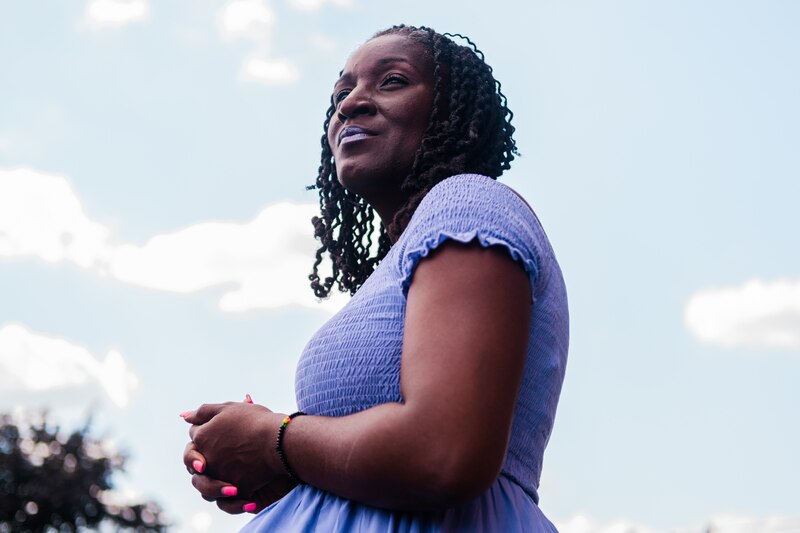
Now that school is back in session, the city’s small army of anti-violence workers will continue doing what they can to keep students safe. They will keep a watchful eye as children walk to school, step in before teenage taunts escalate into shots fired, and help young people like Tah’gee envision a future — graduation, college, a good job — that does not involve violence.
Akinyele, the Newark teacher and peace activist, knows there will be setbacks.
Last month, he learned that another former student, 20-year-old Yasir Manley, had been fatally shot. Yet when Newark held its annual 24 Hours of Peace festival the weekend before school started, Akinyele still showed up.
He stood on stage facing a crowd of parents and teens, police officers and outreach workers. Knowing he needs their help to protect his students, he began his call-and-response.
“Stop the shooting,” he said, and the crowd repeated it back to him. “Stop the shooting.”
Patrick Wall is a senior reporter covering national education issues. Contact him at pwall@chalkbeat.org.


